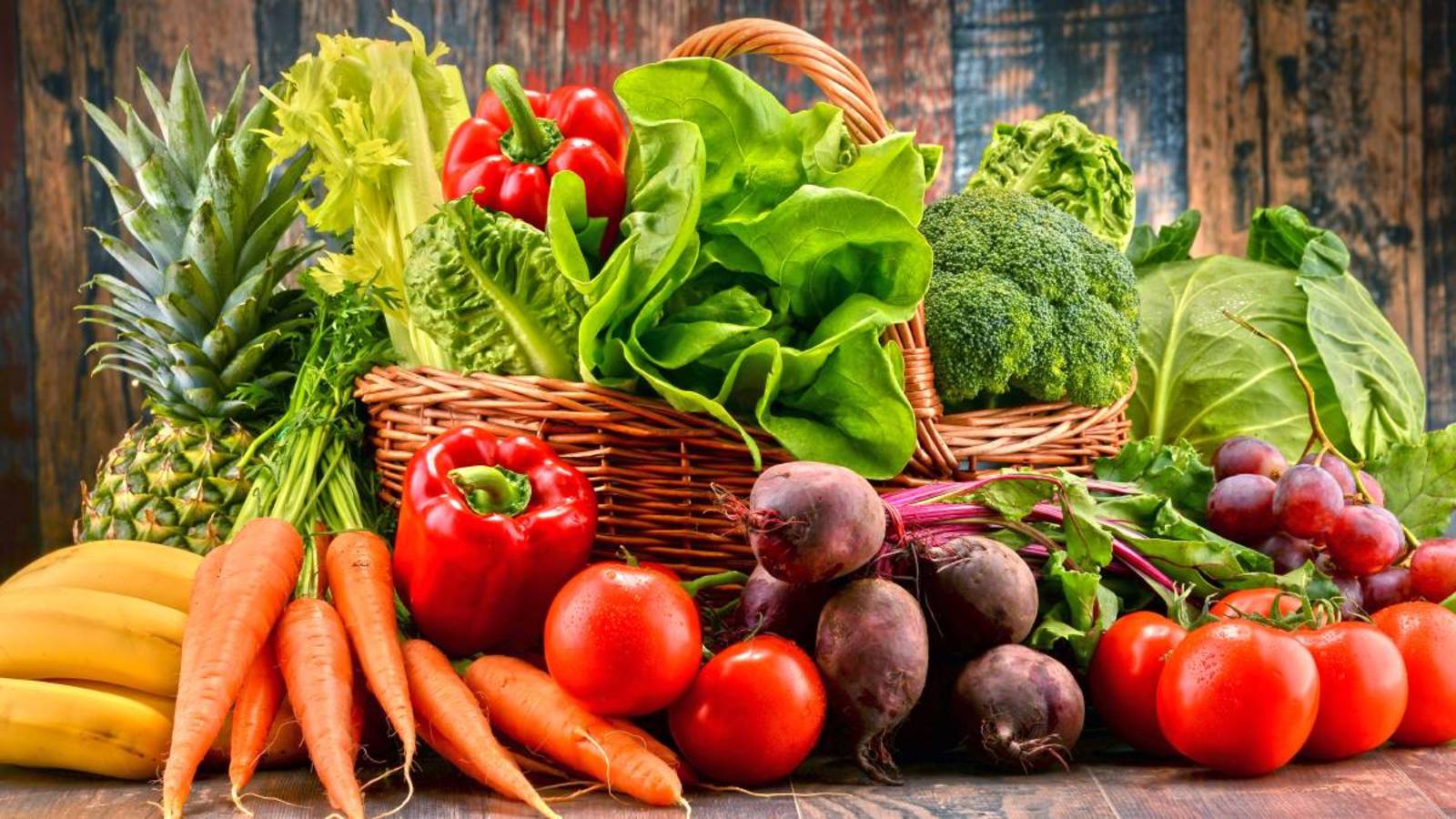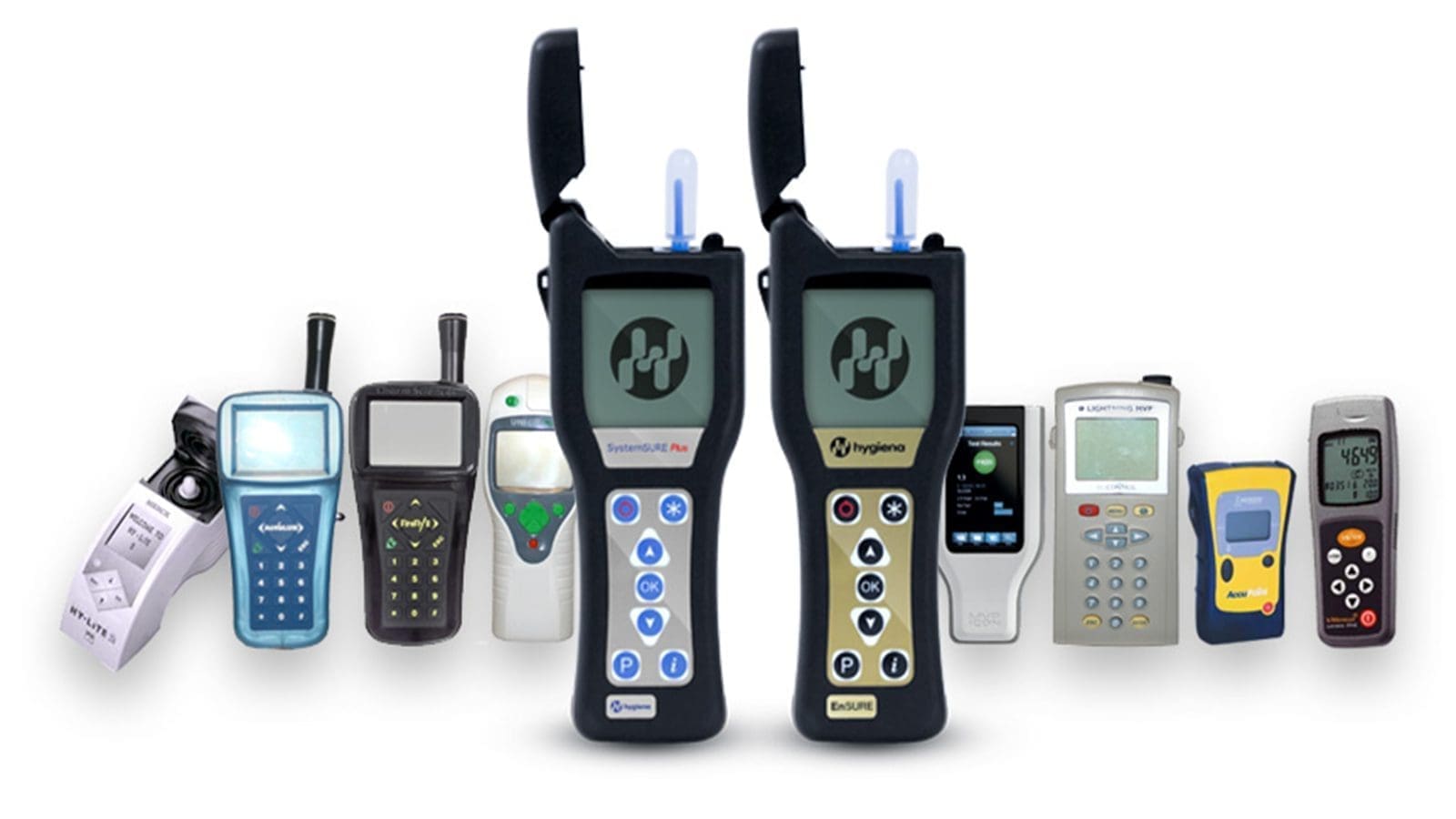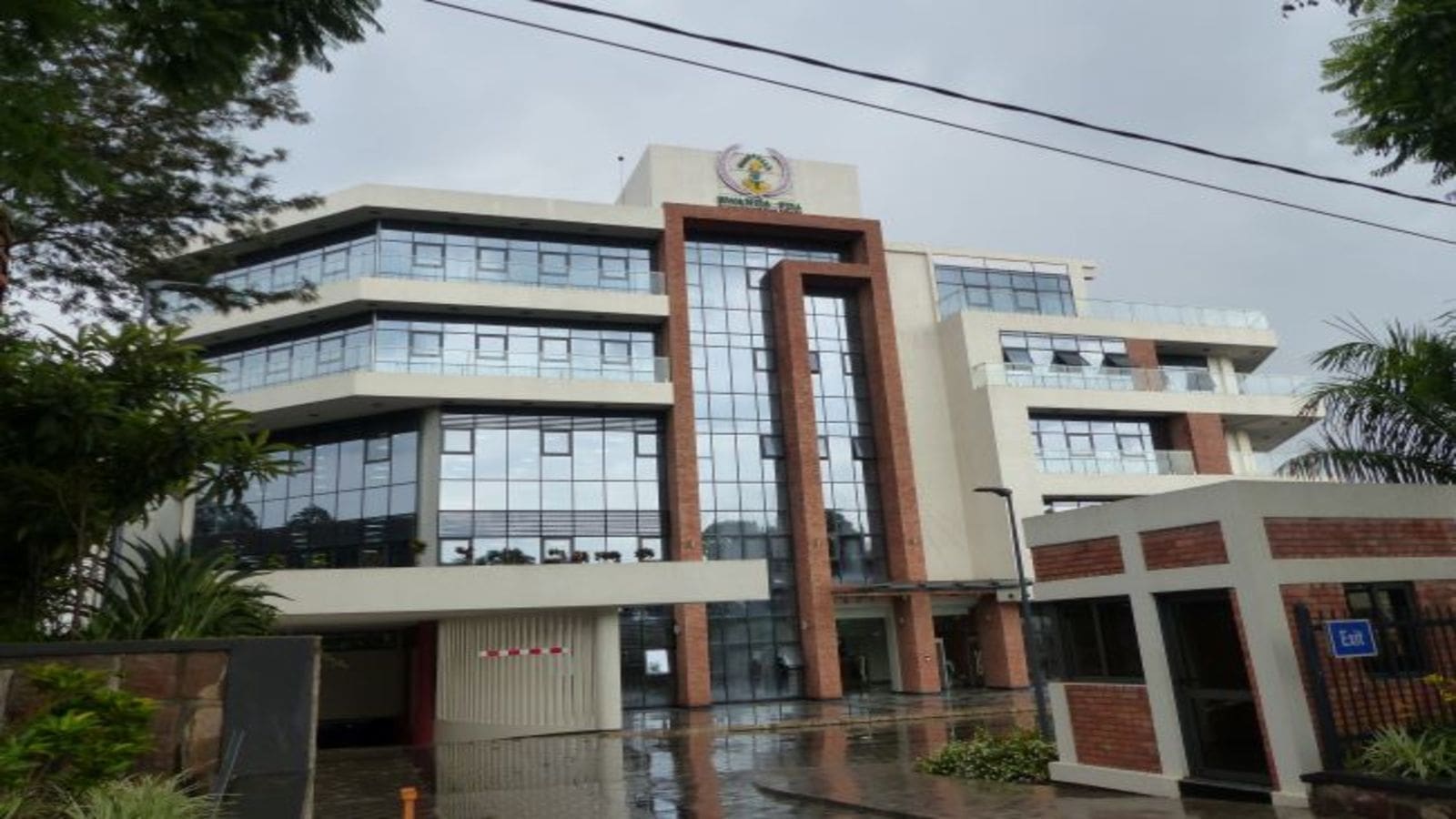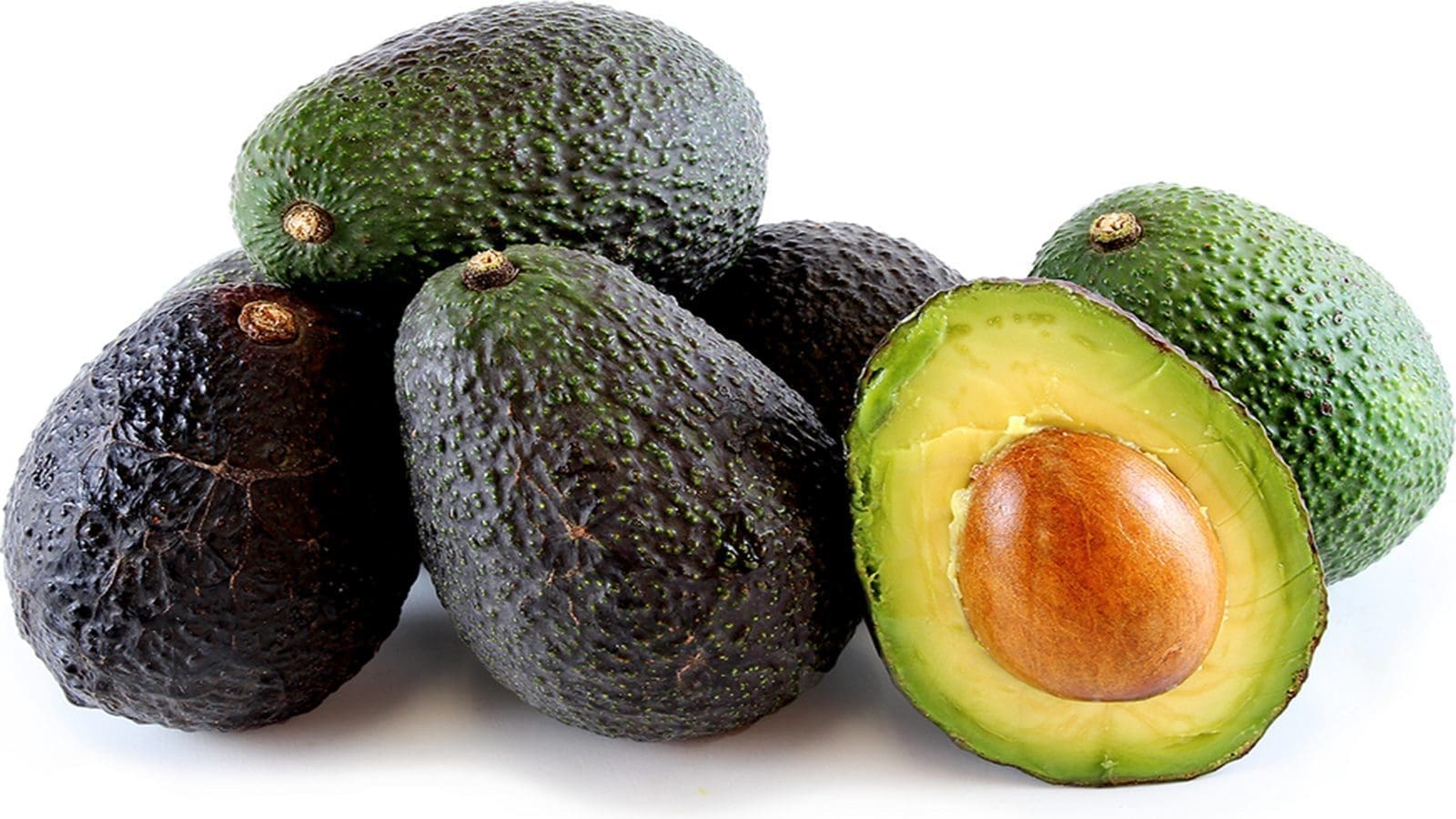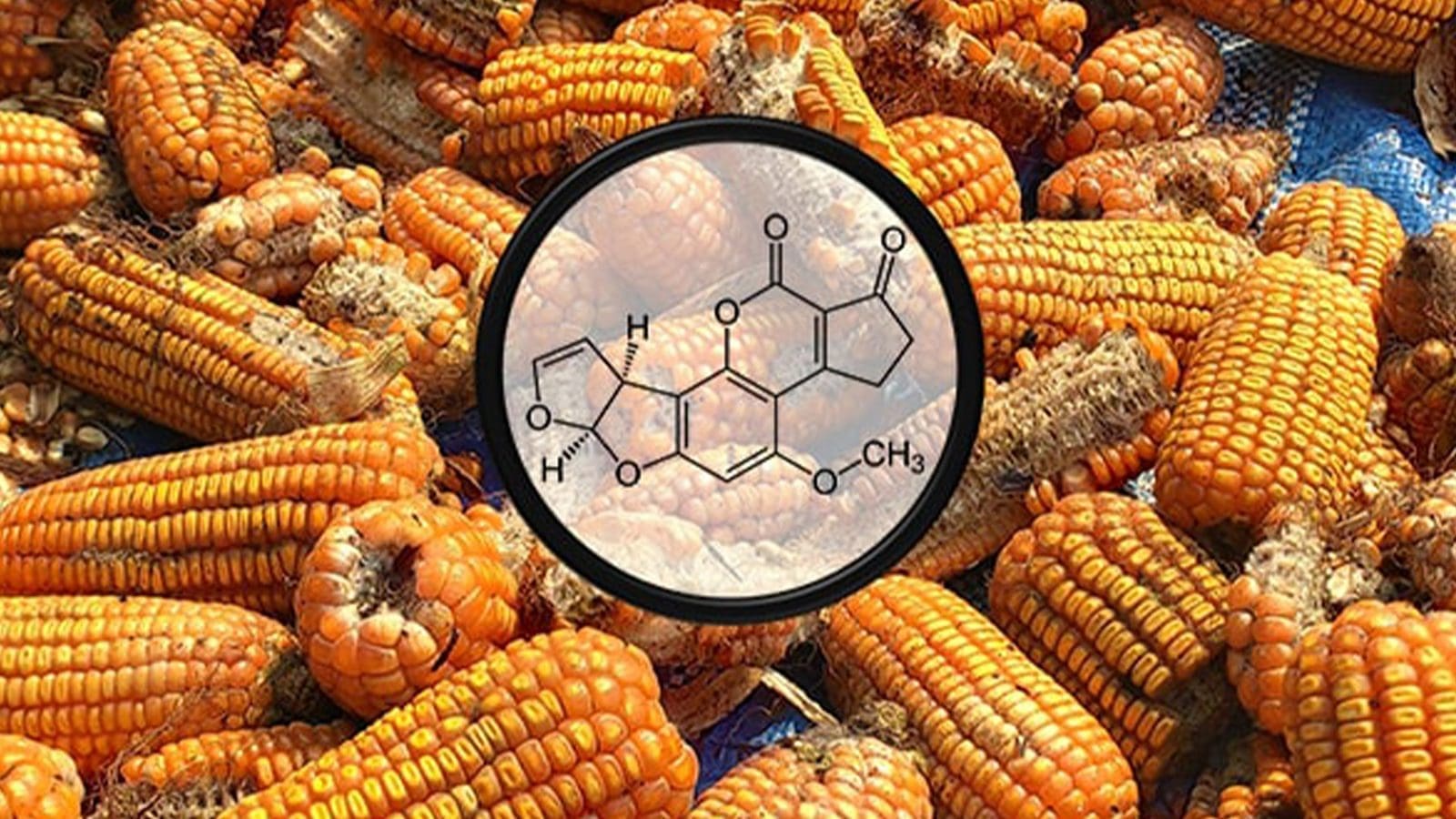EUROPE – Experts from across Europe are developing a sensor to spot minute traces of pesticides or bacteria in fruits and vegetables, a project christened, ‘GRACED’, at the Cyprus Research and Innovation Centre (CyRIC).
CyRIC is a research and innovation center developing disruptive products for the world markets and providing unique, high quality services to the industry.
The detector, termed plasmo-photonic bimodal multiplexing sensor, uses light particles to detect chemical or biological analytes, delivering results in about 30 minutes, 50 to 100 times quicker than existing technologies. It can spot bacteria or pesticides without having to use chemicals or dyes as a marker.
At present, fruit and vegetables undergo lengthy safety checks that take 2-3 days to give definitive results. This is time consuming and costly hence factories carry out fewer checks than needed, posing a risk to consumers.
The system works by looking at binding of the contaminant to the sensor surface – producing a unique signal when a harmful a constituent is present. Receptors on the sensor surface are tuned to a particular bacterium or chemical so only the analytes of interest are captured along the sensor.
Muse behind project
The Project coordinator Alessandro Giusti said the work extends a previous project called WATERSPY. Developers took inspiration from one of their existing sensors that examines water to detect microbiological or chemical contamination with a small number of pesticides.
“We developed the project as a ‘hard fork’ extension of a previous EU project we ran called WATERSPY. In a sense, the two projects are related: bio photonics-based technology to determine contamination in specific matrixes – in WATERSPY, it was drinking water; in GRACED, it can be anything – water used for feeding the plants, or the actual fruits and vegetables themselves. The core technologies, however, are entirely different. Everything is done on a single chip – we are working to detect seven different analytes simultaneously in less than 30 minutes ,including sample preparation time,” he said.
Culminating in mid-2024, the EU funded GRACED will conduct trials in France, Italy, and Hungary, covering different production systems such as conventional open-air farming, novel urban farming, a short agro-ecology value chain and semi-automatic farming. The project received a grant of nearly €5 million (US$5.8 million) from Horizon 2020, the EU’s research and innovation program.
EU affiliated projects
According to Food Safety News, another EU-backed project is looking at turning mid-infrared (MIR) spectroscopy from existing lab tools to portable detection for chemical and microbial food monitoring. The work, called PHOTONFOOD, aims to develop novel infrared light sources. The light sources will be combined with waveguide technology and 3D-paper microfluidics.
It will develop a mid-fidelity (MI-FI) device with a low-price range that can be used for daily monitoring, and a medium-price range high-fidelity (HI-FI) device for reference analysis and accreditation. Efforts will be validated in scenarios for mycotoxins in wheat, nuts, dried fruits and aquaponic-based herbs, as well as pesticides and antibiotics in aquaponic-based herbs.
The project received a grant of almost €5 million (US$5.8 million) from Horizon 2020 until the end of 2024. It is coordinated by the Norwegian University of Life Sciences with partners in Germany, Austria, Belgium, Netherlands, Hungary, Spain and Switzerland.
h-ALO is another EU-funded project which aims to develop a bio-chemical photonic sensor as a food screening tool for the early detection of contamination in food, enabling early warning and short-loop corrective actions. Hence, guaranteeing cost-effective food safety and food quality monitoring in the farm-to-fork local food chains.
The project which kicked off at the start of the year received more than €4 million (US$4.6 million) and continues until the end of 2023. It is led by the Consiglio Nazionale Delle Ricerche in Italy with other participants based in Netherlands, Sweden, Germany and Poland.
Liked this article? Subscribe to Food Safety Africa News, our regular email newsletters with the latest news insights from Africa and the World’s food safety, quality and compliance. SUBSCRIBE HERE


